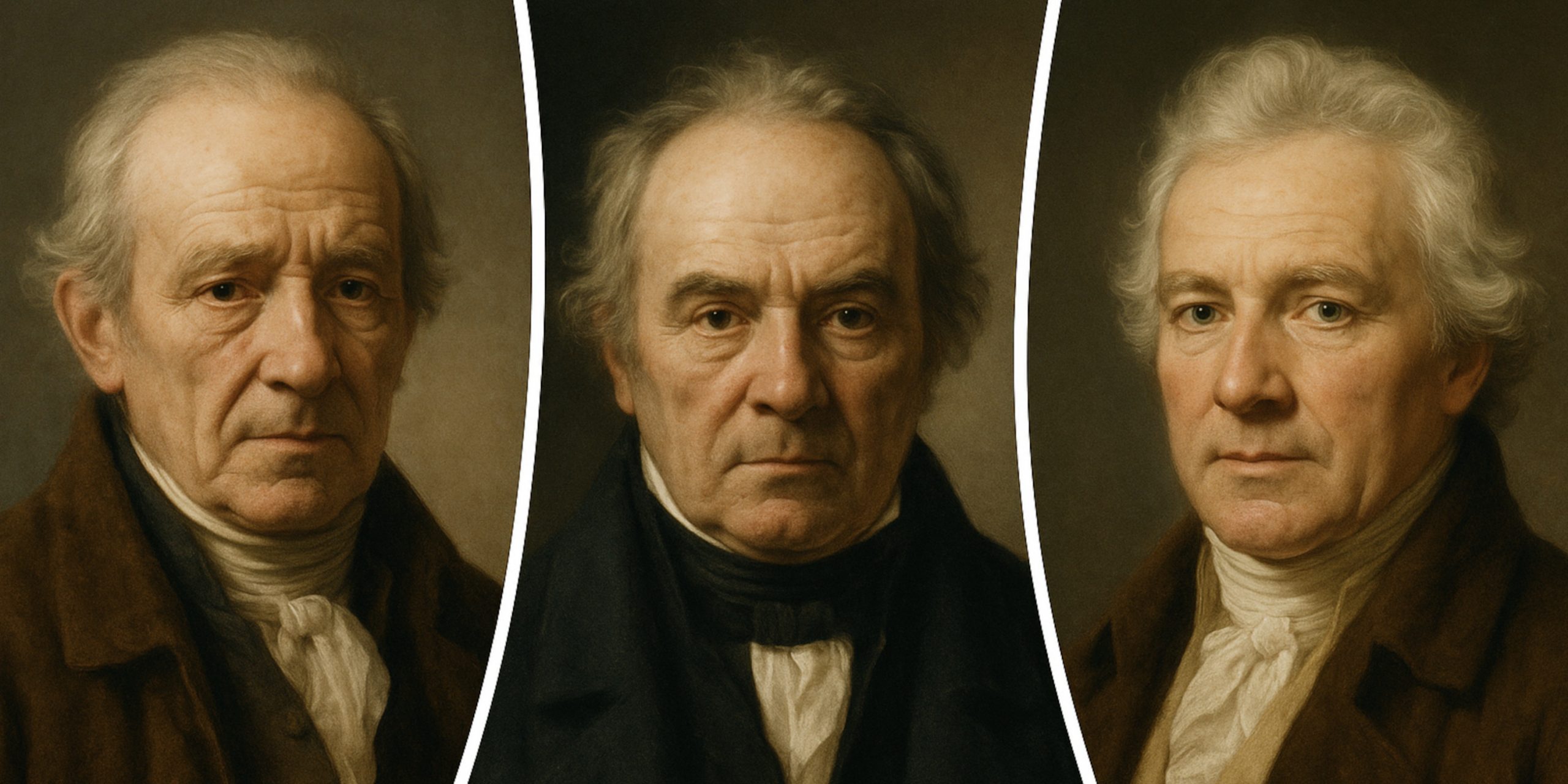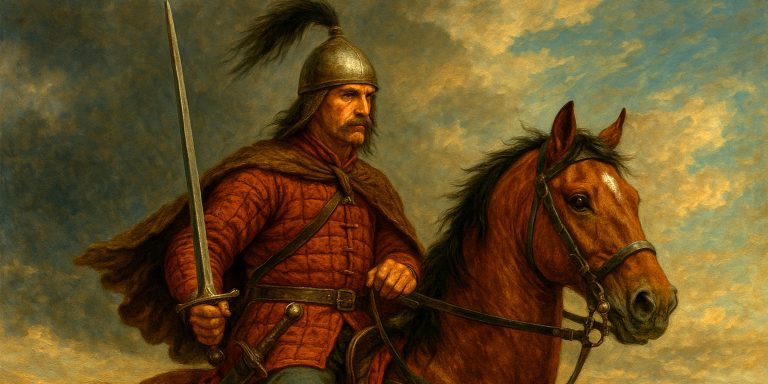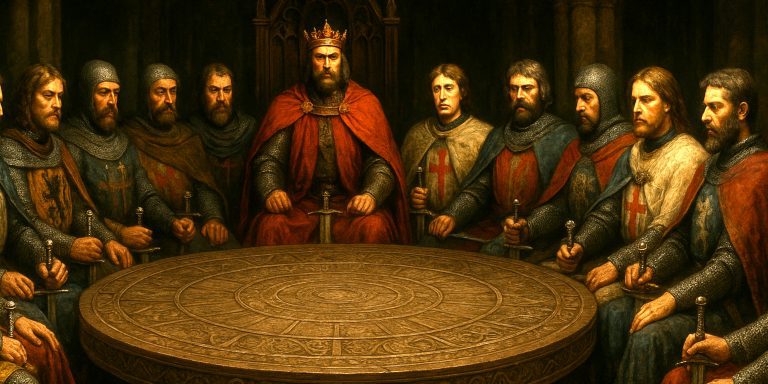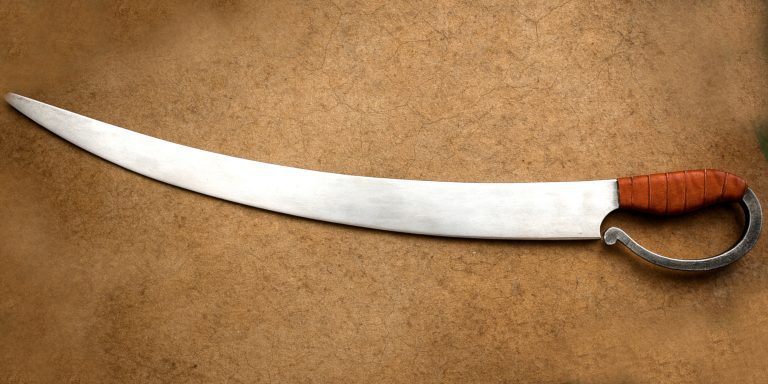
France has a rich history of swordsmanship and craftsmanship, with many renowned swordsmiths and makers contributing to the evolution of weaponry. Here are some of the most important French swordsmiths and their contributions
André Boucher (active early 17th century, Paris)
André Boucher was a leading Parisian swordsmith during the reign of Louis XIII. Working at a time when court fashion and fencing schools elevated the prominence of the rapier, Boucher produced refined thrust-centric blades with narrow profiles and elaborate hilts often decorated with pierced ironwork or niello inlay.
A 1638 Parisian guild record refers to him as maître des lames fines, indicating his specialty in fine blades rather than mass military production. His swords are associated with the duelling culture of the French nobility and were frequently exported to Italy and southern Germany.
Jean Jacques Charlier (active late 18th century, Versailles)
Charlier was the appointed swordsmith to the royal household under Louis XVI. His workshop near Versailles produced ornate smallswords for courtiers, often incorporating gold wire, mother-of-pearl grips, and royal insignia. One surviving piece bearing his name is in the Musée de l’Armée in Paris, with the blade etched with allegorical scenes praising royal virtue.
Court inventories from the 1770s often list “épée de cour par Charlier,” marking him as a favoured artisan for ceremonial arms. Despite the French Revolution, Charlier’s work remains emblematic of the refinement and excess of pre-Revolutionary France.
Claude Valville (active mid-18th century, Klingenthal)
Valville played a major role in the development of the state-run Manufacture d’Armes Blanches de Klingenthal, established in 1730. As one of the first directors, he oversaw the standardisation of French cavalry sabres, naval cutlasses, and officer’s swords. Klingenthal, in Alsace, had been chosen to reduce France’s dependence on imported Solingen blades.
Valville’s technical notes survive in the archives of the Klingenthal museum, describing preferred steel mixtures, quenching processes, and curvature standards. His emphasis on function over form helped transform French military sword-making into an organised industrial enterprise.
The Klingenthal Swordmakers (active 1730–late 19th century, Alsace)
Klingenthal became the epicentre of French blade production under royal charter. Drawing expertise from German-speaking craftsmen, the workshop evolved from forging sabres and court swords to mass-producing standardised Napoleonic weapons such as the AN XI heavy cavalry sabre. Names like Nicolas Boutet, while more associated with firearms, also oversaw ornate sabres and presentation swords made here.
During the Napoleonic Wars, Klingenthal blades were renowned for their resilience. A Russian officer captured at Austerlitz wrote: “The French sabre cuts not as a cleaver, but like a surgeon’s hand.” Klingenthal’s influence extended far beyond France, shaping blade forms in Belgium, Spain, and even Egypt.
Nicolas Noël Boutet (1761–1833, Versailles)
Boutet, director of the Versailles Arms Manufactory under Napoleon, is better known for luxury pistols, but his sword work is equally exceptional. He produced hundreds of ceremonial and presentation swords for marshals and generals of the First Empire. His designs balanced classical motifs with precise craftsmanship, often using blued steel, gold inlay, and finely carved hilts.
One of his most famous pieces is Napoleon’s own consular sword, now in the Louvre, engraved with Republican emblems and gilded laurels. Boutet’s weapons were state symbols, meticulously engineered to reflect imperial power.
Jean Gaspard Bick (active early 19th century, Klingenthal)
A master blade-grinder at Klingenthal, Bick introduced refinements in curvature and point design on light cavalry sabres during the Napoleonic era. His influence is visible in the famed AN IX and AN XI sabres, known for their robust spines and slicing capability. He advocated for the use of triple fullers to reduce weight without sacrificing strength.
Inspection records note “Bick’s hand” as a sign of a superior finish. Many of his blades bear the Klingenthal arsenal stamp and survive in collections across Europe. His work demonstrates the technical backbone of Napoleonic military success.
Pierre-Théodore Dufilho (active early 19th century, Paris)
Dufilho specialised in smallswords and officer’s sabres during and after the Revolutionary period. Based in Paris, he responded to the changing political climate by producing practical yet ornate weapons for both Republican and Bonapartist officers. His swords often combined classical blade types with civic motifs like the Phrygian cap or fasces.
Surviving examples are held in the Musée de la Révolution Française. His ability to adapt to rapid regime change, shifting from monarchy to revolution to empire illustrates the resilience of French craftsmanship during national upheaval.
Legacy
An 1807 inspection report from the French Ministry of War reads: “A sabre of Klingenthal steel is a friend in cavalry charge and parade alike. The blade holds its edge better than any Bavarian make.” Earlier, a 17th-century fencing master in Lyon referred to Boucher’s rapiers as “elegant tongues of steel, made to argue with honour.”
The legacy of French swordsmiths is one of adaptation and innovation. From royal courts to battlefield arsenals, they shaped weapons that carried both prestige and deadly efficiency. Whether creating gold-inlaid presentation pieces or refining the utilitarian curve of a cavalry blade, these artisans secured France’s place in the European tradition of arms-making.s different periods of history.



